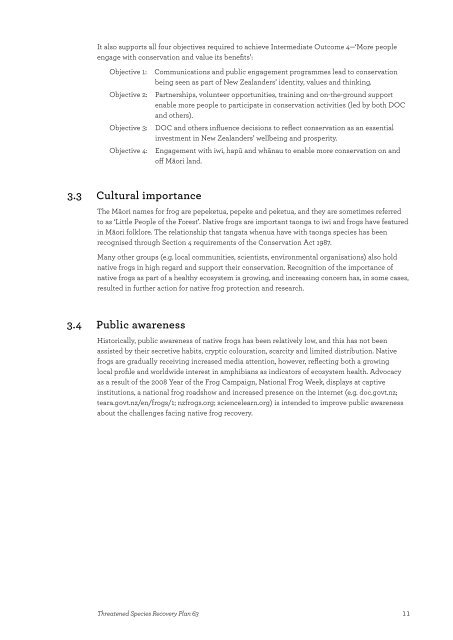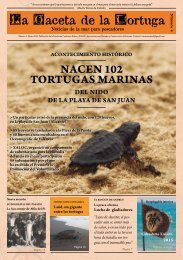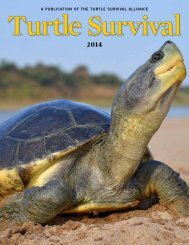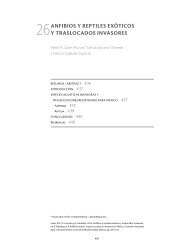tsrp63entire
tsrp63entire
tsrp63entire
Create successful ePaper yourself
Turn your PDF publications into a flip-book with our unique Google optimized e-Paper software.
It also supports all four objectives required to achieve Intermediate Outcome 4—‘More people<br />
engage with conservation and value its benefits’:<br />
Objective 1:<br />
Objective 2:<br />
Objective 3:<br />
Objective 4:<br />
Communications and public engagement programmes lead to conservation<br />
being seen as part of New Zealanders’ identity, values and thinking.<br />
Partnerships, volunteer opportunities, training and on-the-ground support<br />
enable more people to participate in conservation activities (led by both DOC<br />
and others).<br />
DOC and others influence decisions to reflect conservation as an essential<br />
investment in New Zealanders’ wellbeing and prosperity.<br />
Engagement with iwi, hapū and whānau to enable more conservation on and<br />
off Māori land.<br />
3.3 Cultural importance<br />
The Māori names for frog are pepeketua, pepeke and peketua, and they are sometimes referred<br />
to as ‘Little People of the Forest’. Native frogs are important taonga to iwi and frogs have featured<br />
in Māori folklore. The relationship that tangata whenua have with taonga species has been<br />
recognised through Section 4 requirements of the Conservation Act 1987.<br />
Many other groups (e.g. local communities, scientists, environmental organisations) also hold<br />
native frogs in high regard and support their conservation. Recognition of the importance of<br />
native frogs as part of a healthy ecosystem is growing, and increasing concern has, in some cases,<br />
resulted in further action for native frog protection and research.<br />
3.4 Public awareness<br />
Historically, public awareness of native frogs has been relatively low, and this has not been<br />
assisted by their secretive habits, cryptic colouration, scarcity and limited distribution. Native<br />
frogs are gradually receiving increased media attention, however, reflecting both a growing<br />
local profile and worldwide interest in amphibians as indicators of ecosystem health. Advocacy<br />
as a result of the 2008 Year of the Frog Campaign, National Frog Week, displays at captive<br />
institutions, a national frog roadshow and increased presence on the internet (e.g. doc.govt.nz;<br />
teara.govt.nz/en/frogs/1; nzfrogs.org; sciencelearn.org) is intended to improve public awareness<br />
about the challenges facing native frog recovery.<br />
Threatened Species Recovery Plan 63<br />
11





